International gas industry development peak BBS
Liu Lei, chief engineer of Newradar Specialty Gas, was invited to participate in the 2nd International Gas Industry Development Summit Forum of Gas Circle. The theme of the speech at this conference was “Where is the Golden Gas Road?” The speech attracted every gas industry expert on the spot.
What is "golden gas"?
"Golden gas" is named for its low content in the air and its high price. It is also called rare gas or precious gas, including argon, helium, neon, krypton and xenon.
Rare gases are present in the atmosphere and in the earth's crust, and their contents in the air are as follows:
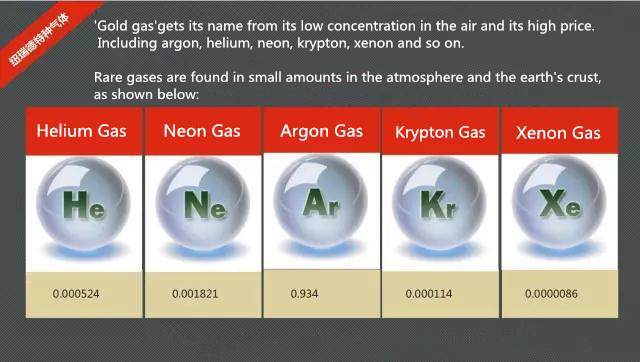
Rare gas resources and their technological development
Most of the rare gas products circulating on the field are separated from the air (except that helium is mainly extracted from oil and natural gas), while only large air separation has rare gases, while large air separation is mainly concentrated in the steel industry and petroleum industry , coal chemical and fertilizer chemical industry.
With the trend of large-scale and automation of air separation in various industries, the demand for rare gas in industrial, electric light source, electronics, medical and aerospace industries has increased, and even in recent years, the application of space universe development The sudden increase in the volume has led to the market for rare gases moving forward in volatility.
Rare gases were not used in the 1950s and 1960s (except for helium). In 1958 (the most advanced industrial development), the total production of sputum in the United States was only 140m3, but with the development of industry, the United States only exported to Japan in 1970. The Krypton xenon has reached 10,000 m3, and the annual production capacity of China in 2016 reached 18.62-22.04 million m3. In this context, the market is extremely competitive in the resources of rare gases, but it has been constrained by its two technical thresholds (air separation equipment and rare gas purification technology), so that its competition is still in Air Liquide, Linde, and Planck. Si, AP, Russia, Chilling, Messer and other companies. These companies are able to become major competitors, in addition to being at the cutting edge of technology in the manufacture of large air separation plants and air separation operations, as well as in the manufacture of rare gas equipment and gas purification. The largest air separation conditions produced by the air separation giants are as follows:
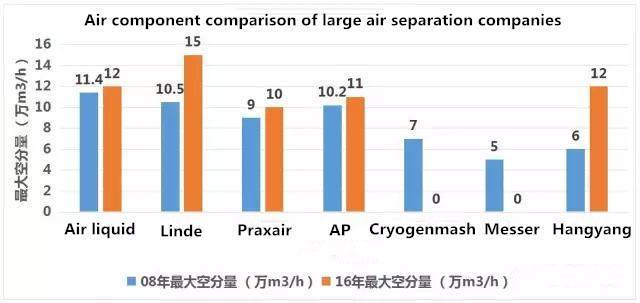
Rare gases can only be refined from large air separations. Small and medium-sized air separation can only be extracted and purified by extracting rich content. The extraction of rare gases from air separation originated from the production of antimony in the United States in 1920. Gradually, Soviet Union (Russia), France, Japan, Germany, Italy, etc. began to produce plutonium; however, it was not until 1940 that extraction began. With the development of light sources and the electronics industry, the doubling of the demand for rare gases has promoted the rapid development of its technology.
But the main masters of its core technology are Linde, Liquid Air, Praxair and Russian Chilling. China has been researching and testing rare gas technology since the late 1950s. In the early 1960s, the small-scale bismuth separation equipment was successfully produced, and even the later extraction was successful, but from small to medium-sized production, from 99% to 99.99. The development of % technology has gone through a long period of 20 years. Until the 1980s, the introduction of Linde's full-component air separation technology enabled rare gas technology to be in line with international standards.
In the 1990s, WISCO made technical adjustments based on Linde's rare gas refining equipment, so that rare gases broke the monopoly of imported products on the electronics industry and aerospace.
Hangyang, Qiyuan, MCC Tiangong, Zhejiang Xinrui and other enterprises have made many years of research and development of rare gas technology and localization of equipment and technology. In recent years, they have achieved success, but these are only phased results, from rare gases. It is still a long time to become a leader in the complete intellectual property rights of resources, extraction and refining.
With the development of China's science and technology and the transfer of its terminal market, rare gases can gradually participate in the operation of rare gases. From the initial high-end products mainly rely on imports, to meet the domestic high-end needs, and more advanced international research. supply.
Taking Xenon as an example, in the year of 2008, the international production capacity of helium was about 9,000 m3, while the output of more than 70% of the plutonium in the Chinese market was mainly provided by Wuhan Iron and Steel.
In 15 years, the annual production capacity of China's radon has reached 2000m3, which does not include the annual production capacity of 14,000 cubic meters of crude gas mixture, and the imported helium gas is estimated to be around 680m3 (export volume exceeds the import volume).

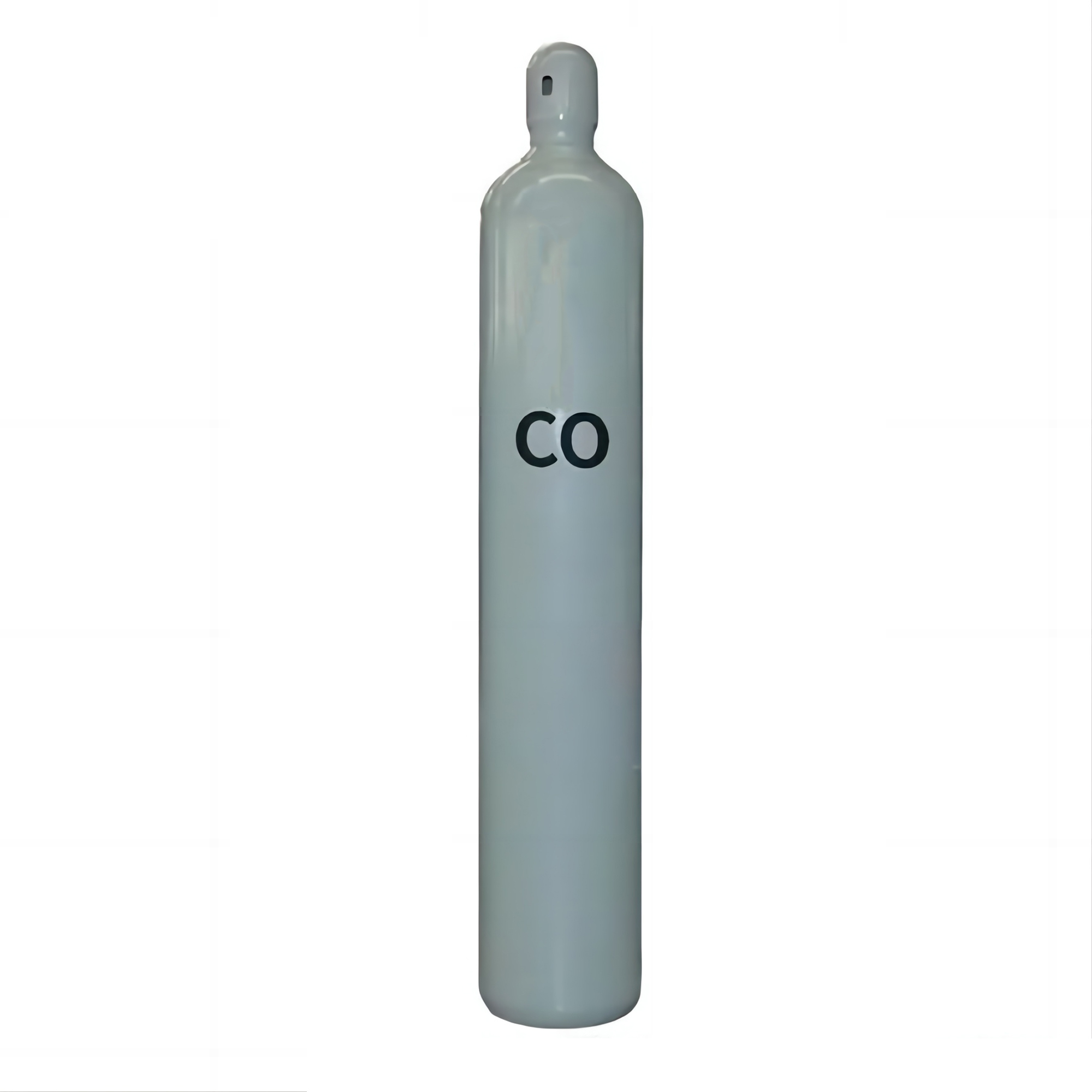
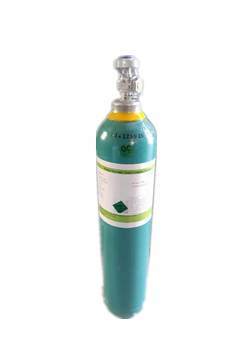
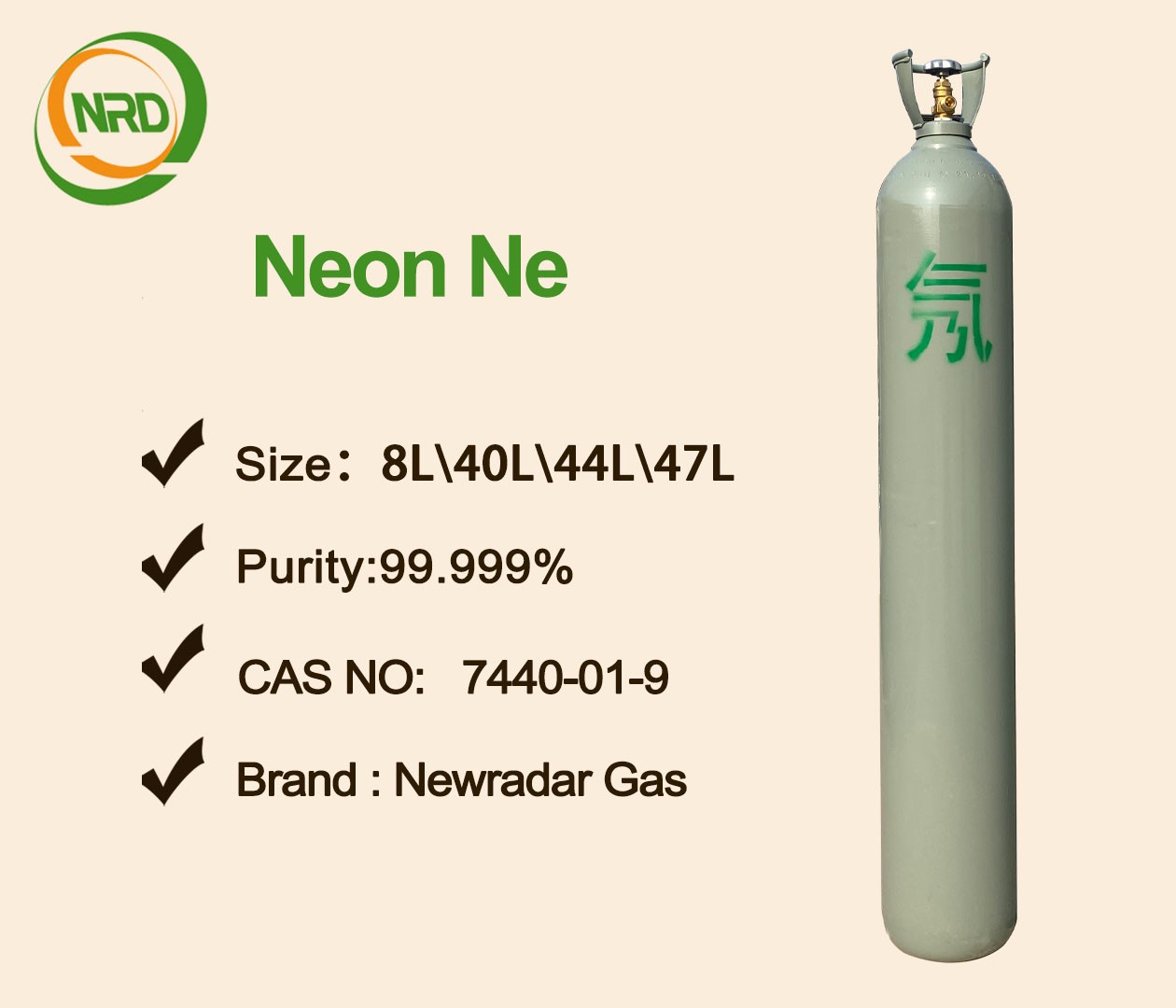

 Facebook
Facebook YouTube
YouTube LinkedIn
LinkedIn Twitter
Twitter